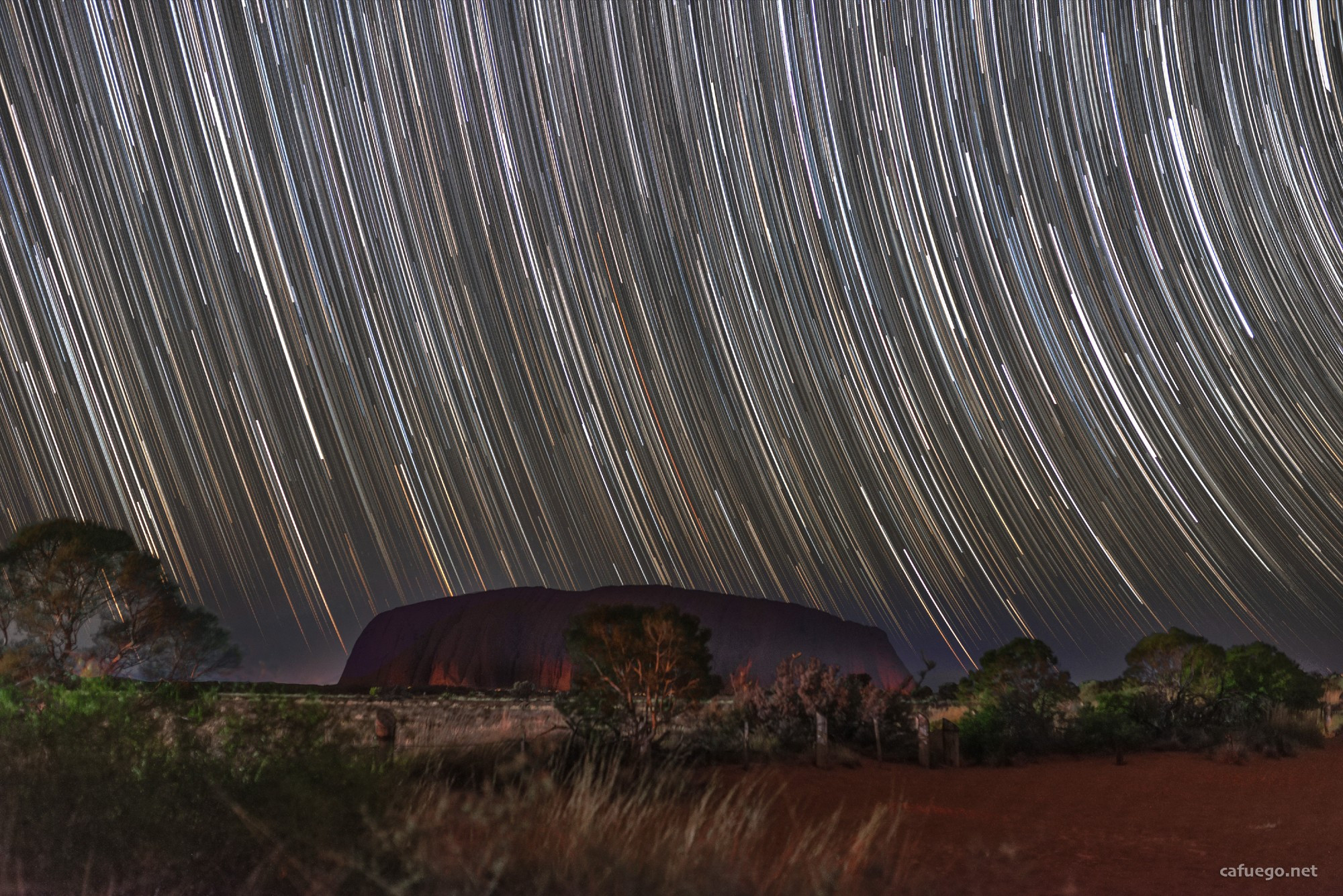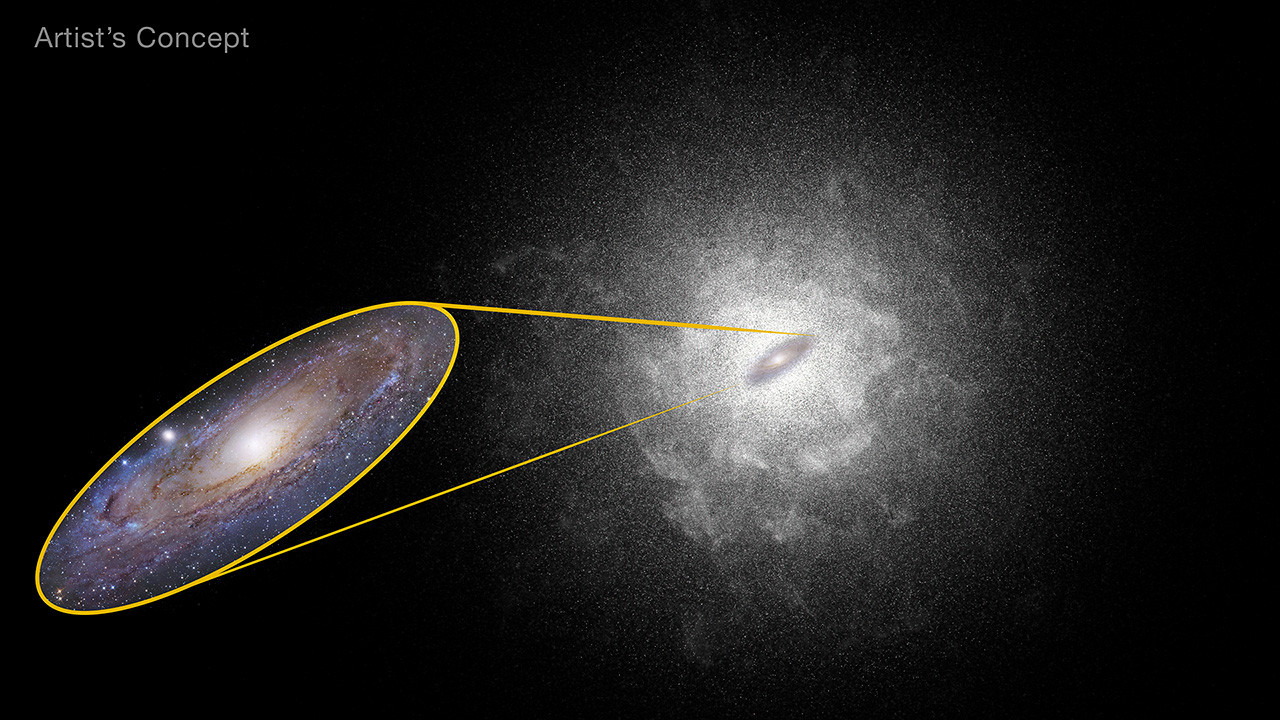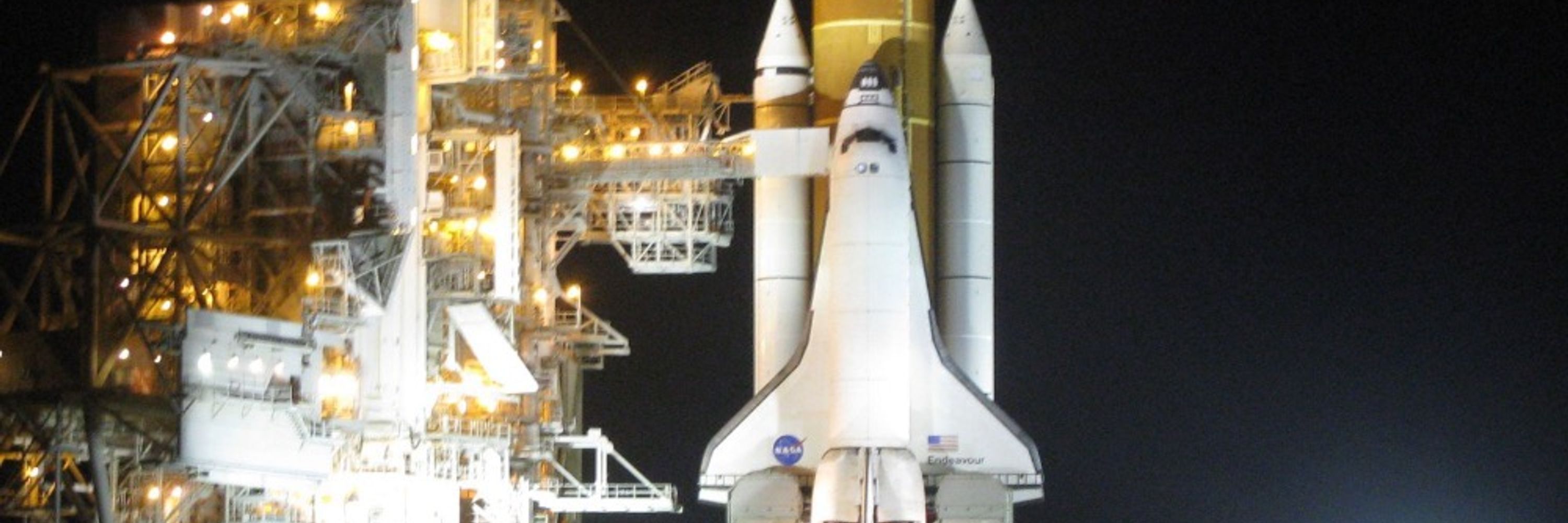
The Moon Dressed Like Saturn - © Francisco Sojuel - PicHD PicAbout Astronomy Picture Of the Day#astrophotos@shinyakato.dev 🔭 READ MORE 🔭
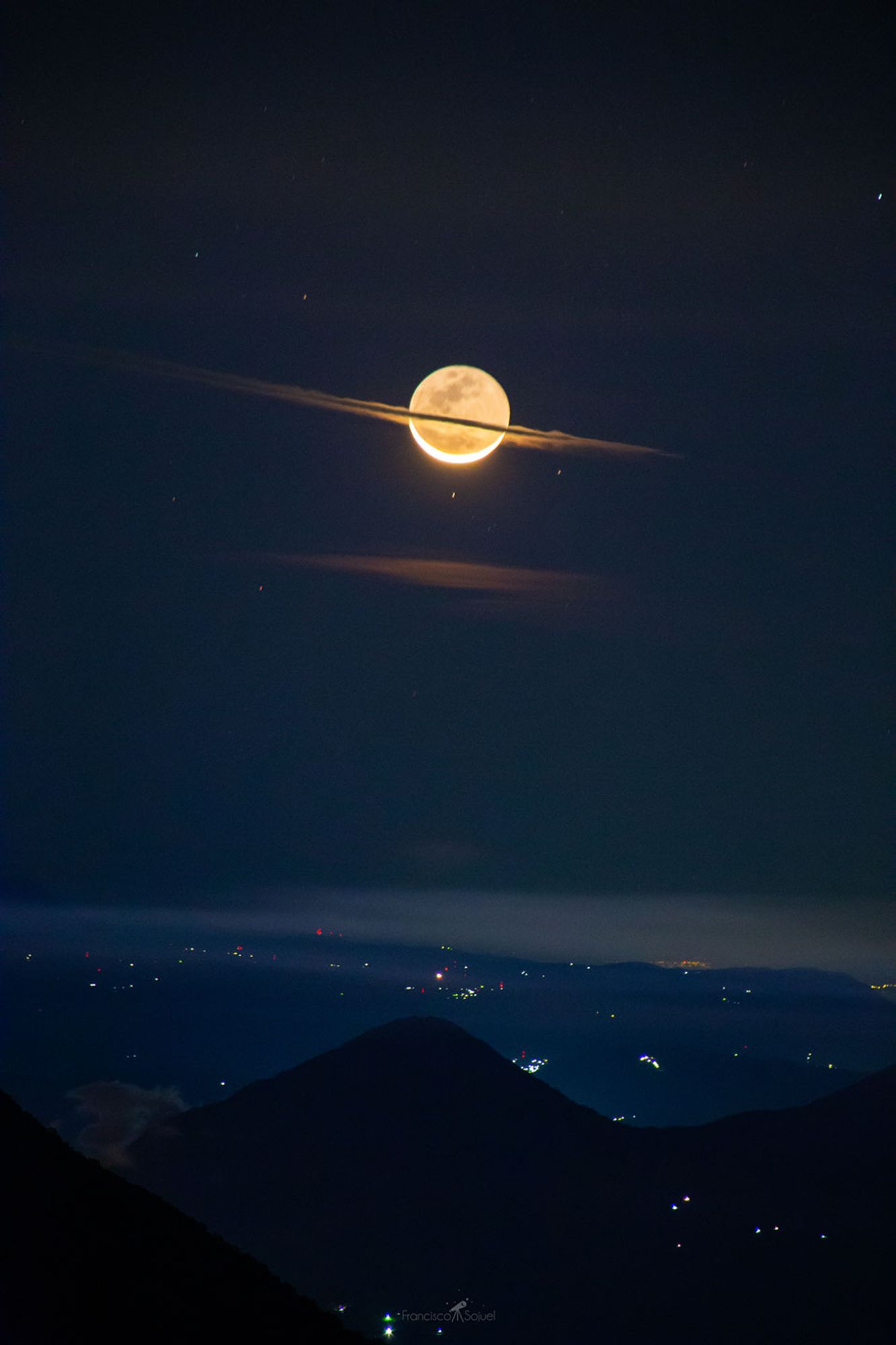
Sep Astronomy 3-New Moon 5-Mercury g elongation 5-Moon v Venus 6-Moon occs Spica(E Africa) 8-Saturn opp 9-Mercury 30'N Regulus 10-Moon occ Antares(Australia) 17-Moon occ Saturn(N America) 18-Full Moon+partial eclipse(Atlantic) 22-Equinox 22-Moon occ M45(N America) 27-Comet A3 T-ATLAS perihelion

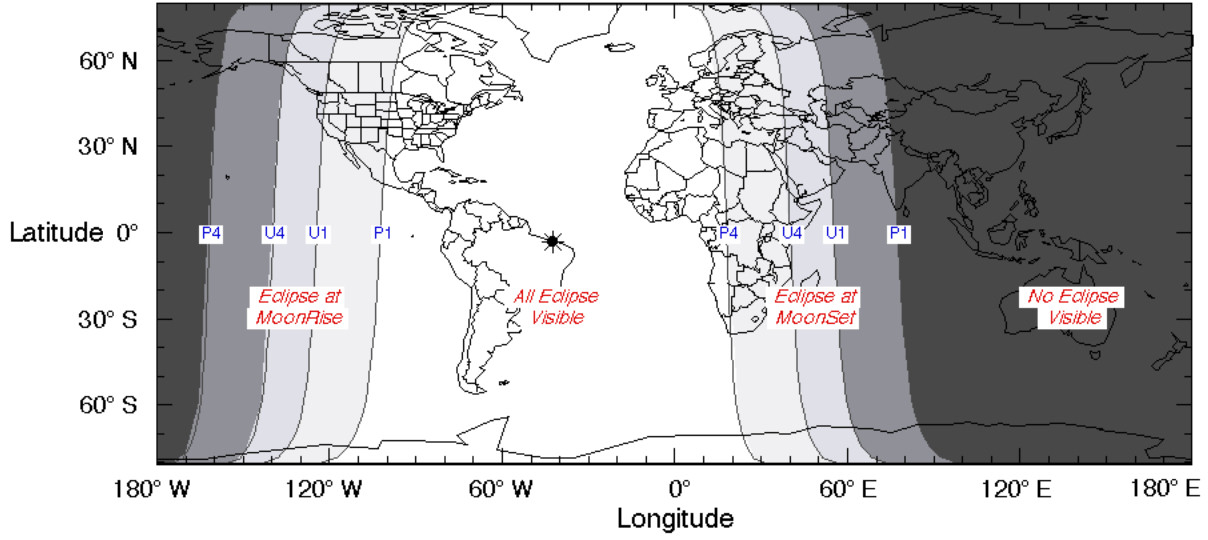
Commissioning camera: ✅ With ComCam reinstalled, we have 2 out 3 main telescope components in place! In just a few weeks, summit staff will install the 8.4-meter primary/tertiary mirror—and Rubin will finally have a complete telescope system for the first time! 🔭🧪 🔗: https://buff.ly/3Xoj2Uy

The commissioning camera is a 144 Mpx version of Rubin's3200 Mpx LSST Camera that is used for testing and troubleshooting purposes. It was reinstalled onto t...
👀👀👀 A new long-period radio transient! The population grows! GLEAM-X J 0704−37 has a period of 2.9 hours (longest period yet detected!) and is linearly polarized ... and ... it likely has an identified companion (an M3 Dwarf). Discovered in the archival low-frequency data from the MWA. 🔭🧪📡

We present a long-period radio transient (GLEAM-X J0704-37) discovered to have an optical counterpart, consistent with a cool main sequence star of spectral type M3. The radio pulsations occur at...


